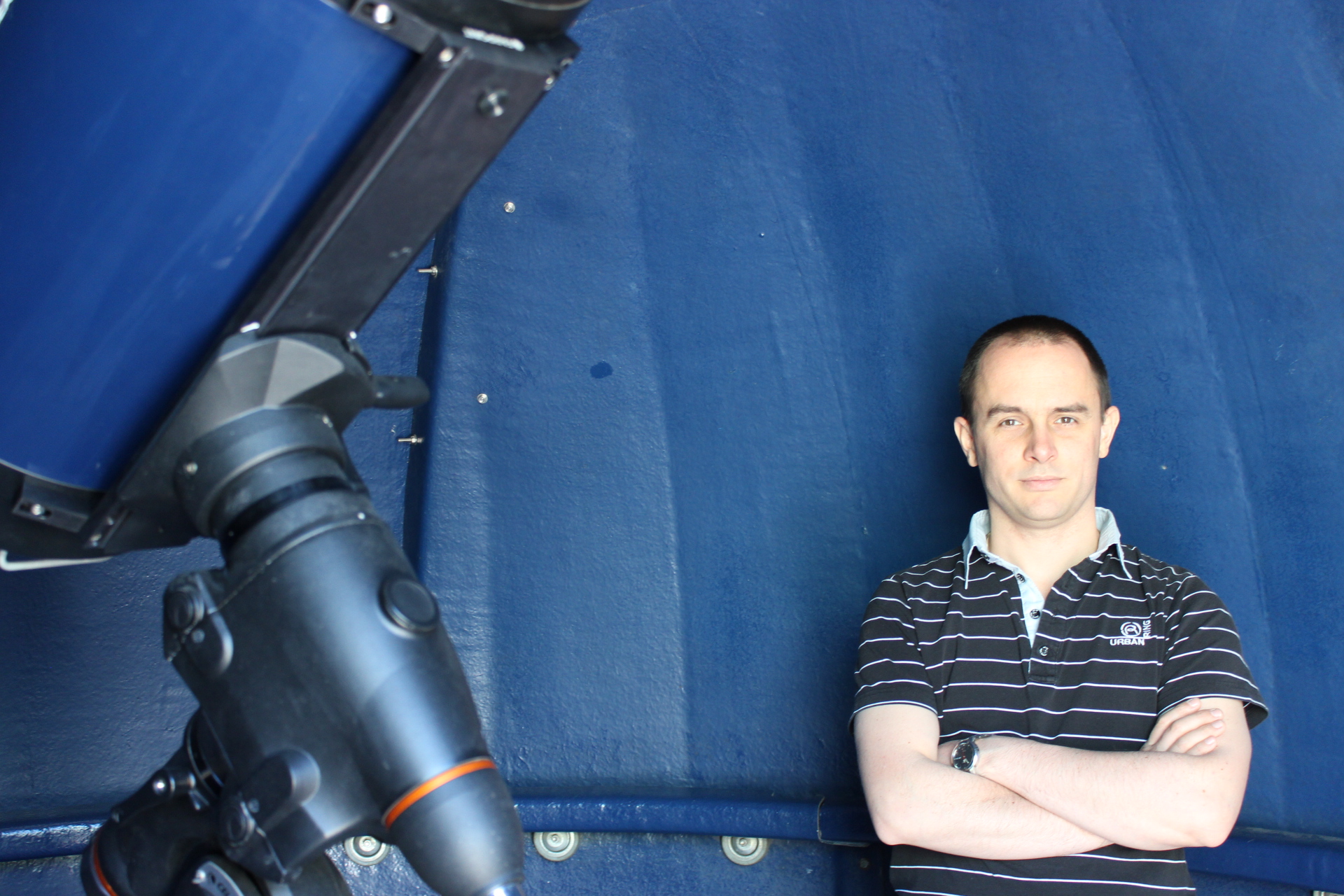Sandro Villanova
Department of Astronomy UdeC
Astronomy is a very old science that was first developed with naked eye observations, when the ancients defined the constellations and measured the movements of the planets. Later, mechanical instruments such as astrolabes were developed that were used to measure the position of the stars in the celestial sphere with greater precision. But it was not until Galileo that human beings pointed a telescope skyward and thereby greatly expanded our knowledge of the cosmos.
The first telescopes were simple and very small lenses, a few centimeters in diameter, which made it possible to see the satellites of Jupiter, the phases of Venus and sunspots. Larger telescopes were built over the centuries, such as Herschel’s 1.5-meter telescope in the 19th century, or the 5-meter Palomar telescope in the 20th century. In the 21st century we are going to have even larger telescopes, up to almost 40 meters from the European ELT telescope. But all of them are located on earth.
In the 20th century, with the development of missiles, man began to send telescopes into space such as the IRAS, the Hubble, and now the James Webb. The development of a space telescope is a task that requires many years and a large budget, in the order of billions of dollars. Also, a telescope in space has a limited lifespan, a few years in most cases, and then you have to replace it with another. So the question arises: What advantages do we have by putting a telescope in space and why make such a great effort?
In order to answer this question, we first have to understand how light is made. We are all used to seeing what surrounds us with our eyes, but the light we see is only a small part of the light that exists in the Universe. Our eyes see “visible” light, but there is a whole spectrum of light rays that range from X-rays (the same ones we use to take an X-ray) and gamma rays to radio waves (the same ones we use to transmit our TV signal ), passing to infrared rays (the rays emitted by our body and that can be seen using a heat detector) and microwaves (the waves that we use in the microwave oven to heat our food). We can experience these types of light when we take an X-ray or when we talk on a cell phone, but we cannot see it with our eyes. The same happens when we look up at the stars. Stars emit visible light, but also all the types of light I just mentioned, from gamma rays to radio waves.
But, we cannot see this light from Earth since it is surrounded by an element that protects us and that, at the same time, does not let most of the light that reaches us from the stars pass through: the atmosphere. And many of the most interesting objects in the Universe, such as massive stars, neutron stars, black holes, the nuclei of active galaxies, the interstellar medium, organic molecules, and supernovae, emit much of their light in the form of rays that are absorbed by the Earth’s atmosphere and therefore cannot be observed from the surface.
The only place where we can observe this kind of light is in space, and this is the main reason for sending a telescope out of our atmosphere. Over the years, satellites were sent to observe gamma and X-rays (CGRO, Chandra and XMM), ultraviolet (IUE) and near (IRAS) and far infrared (SPITZER). Even a telescope located on the surface of our planet such as ALMA can be considered in several aspects as a “space telescope” since it was built at a height of more than 5000 meters to avoid the harmful effects of the Earth’s atmosphere that would prevent us from seeing the microwaves. Thanks to these instruments we were able to learn more about our Universe and study extreme objects such as neutron stars and black holes, including supermassive black holes located in the nucleus of galaxies, the most distant galaxies and the first stars that formed more than 13,000 million years ago, the organic molecules that form in the interstellar medium and that are the precursors of life, and the supernova explosions that are the final destination of the largest stars and that shape the evolution of galaxies like ours .
In this context is the James Webb Space Telescope, which was recently launched and will be positioned about 1,500,000 km from Earth. Through this telescope we will be able to study the formation of the first galaxies, identify the first stars that were born, and obtain direct images of exoplanets, among other things.





